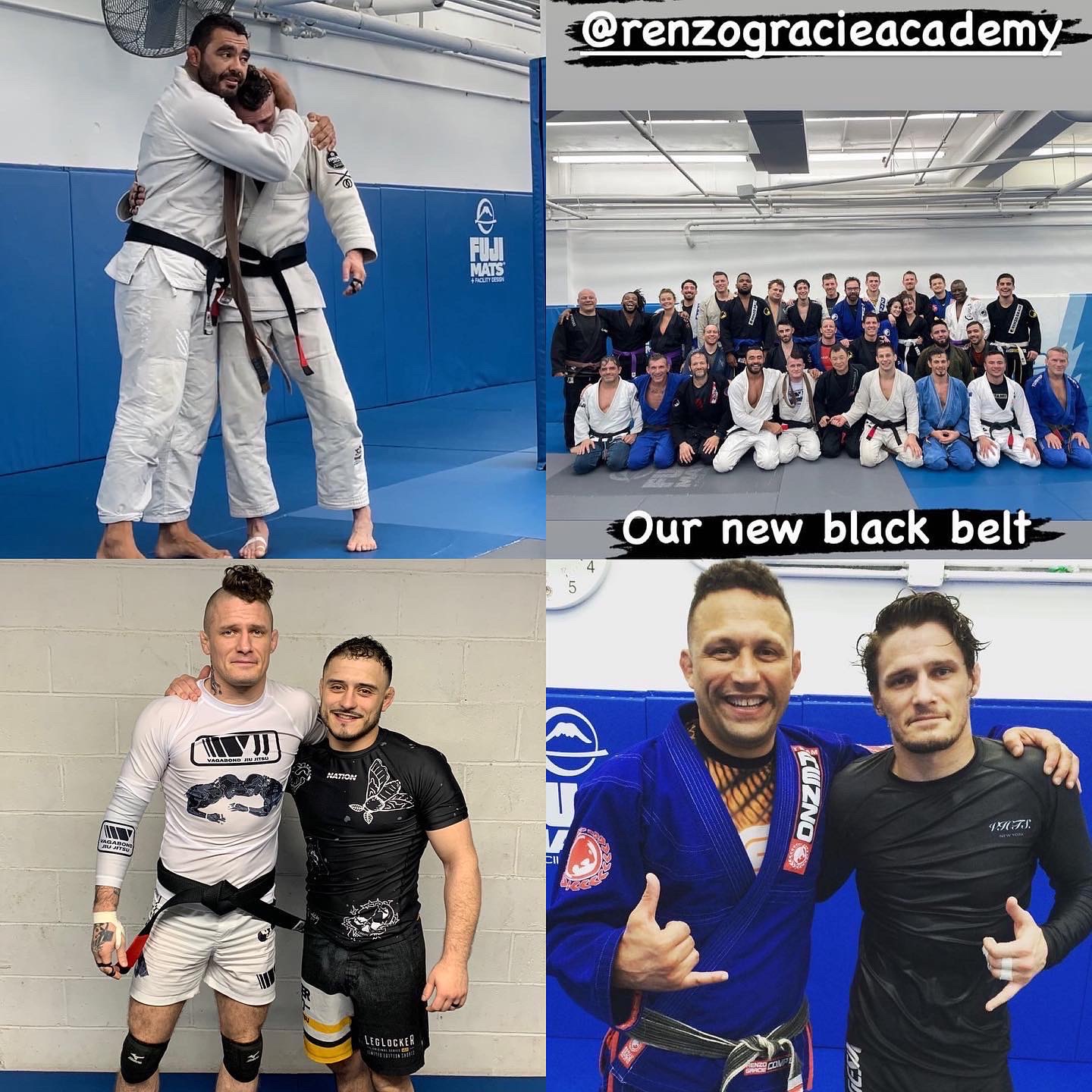Given the nature of rules governing Judo versus other grappling styles, a subset of different skill sets and/or tendencies will develop over time. To avoid being pinned (osaekomi) in Judo, players will often "turtle" or turn face down (a position thought all but unthinkable in Brazilian Jiu-Jitsu or Submission Grappling).
By turning facedown, they avoid the pin, and the referee will soon after likely restart the players to a standing position. Being pinned or "osaekomi" is one of the hardest things to escape as most people can attest once they've been fully pinned by an experienced Judoka. As a result, the mat work in Judo competition is decidedly different.
You'll hear lots of non-Judo players say what they would do and how simple it might be to do this or that, but unless they've competed under Judo rules, it's all just conjecture.
It's the same as when you hear Judo-centric player watch the BJJ Mundials or the BJJ Pans and say "oh, well, I'd do this takedown and pin him for 5 minutes." The rules don't allow you to do that any more than they rules of Judo allow you to disengage on the feet. This isn't to say that stalling does not occur in both sports, but it's more cleverly hidden by high level players based on the rules.
At the end of the day, what you would do "in the gym" is often times much more difficult in front of a crowd, under unfamiliar rules, and with varying quality of referees.
That being said, for those that have struggled with the turtle or a player stalling face down, Craig Fallon is arguably one of the best at the turnover in all of modern Judo.
I've watched him win most of the matches in a division with the same turnover to pin combination.
Here's the move in isolation:
Here it is at 1:46 and 2:57 of the highlight:


No comments:
Post a Comment